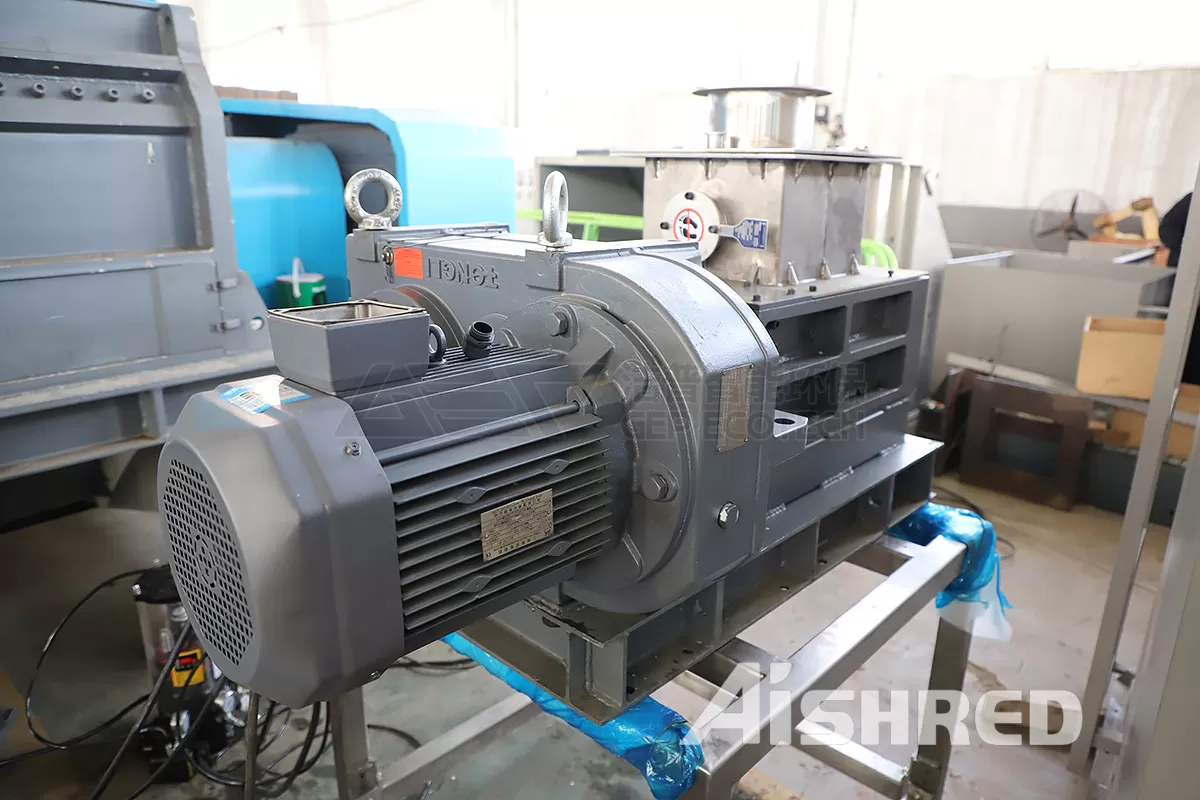The goal of electric vehicles is to reduce greenhouse gas emissions and efforts are focused on redeveloping the entire automotive industry. As a result, the demand for lithium-ion batteries has been raised globally. Large quantities of cobalt, lithium, manganese and nickel are required, and when mined, energy-intensive processes that can harm the environment must be used. It is therefore decisive to develop economically and ecologically appropriate recycling strategies. It is always necessary to find the best recycling method according to the waste class. The recovery of all high-quality components, a small energy requirement, the avoidance of CO2 emissions and efficient process steps are the elements that need to be taken into account when recycling lithium-ion batteries.
Lithium-ion batteries contain two electrodes which are glued to the active material. In addition to valuable elements such as nickel, manganese, cobalt and lithium, graphite is also an important part of the active material. In recycling technology, the mixture of active material and battery chemicals is referred to as black matter. The electrode is in a solvent (also known as an electrolyte) that conducts ions. It contains the negative hexafluorophosphate ion PF6-, a fluorine compound, which guarantees the long-term stability of the battery and achieves a high battery voltage. The so-called plastic separation membrane separates the positive and negative electrodes.
The battery technology structure of the electric vehicle battery is surrounded by a battery housing, usually made of aluminium. The fastening system together with the cables can account for up to 50% of a large battery system. The recycling rates considered do not include the battery housing, only the battery module. The comparison below relates to processes that can recycle more than 10,000 tonnes of batteries per year. Therefore, possible variants and intermediate steps such as cell cutting and stripping of the active material, ultrasonic treatment, pressure waves, freezing of the cells before shredding, etc. are not considered.

The client, CSIRO (Commonwealth Scientific and Industrial Research Organisation), is the largest national research institution in Australia, and we designed a complete set of recycling and sealed storage equipment according to the client's project requirements. The shorter delivery time, customised design service and competitive price allowed us to win the customer's favour. The project is still experimental and will be rolled out across Australia when it is successful, which will further increase our share of the Australian market as a designated supplier.

